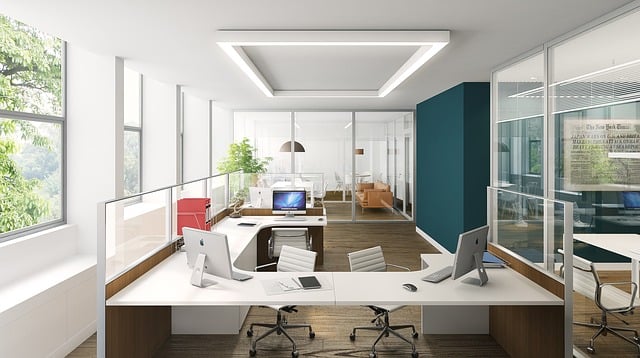The global health crisis prompted a historic shift to remote work, significantly reshaping commercial real estate (CRE) demand. Office space needs plummeted as companies reevaluated fixed arrangements, while flexible workspace solutions like co-working spaces and serviced offices surged in popularity. This new normal prioritizes scalability, amenities, connectivity, and cost-effectiveness, driving a demand shift towards modern work patterns. Landlords and developers are adapting by offering more adaptable lease terms and creative space solutions, leading to a mix of co-working spaces, shared offices, and converted residential properties. Traditional urban centers see a decline in office demand while suburban and rural areas gain interest, presenting opportunities for revitalizing underutilized urban spaces and developing new commercial hubs outside major cities. CRE professionals must embrace innovative strategies to meet the needs of a distributed workforce.
The rise of remote work has significantly reshaped commercial real estate demand. This global shift has led to a reevaluation of traditional office spaces, driving significant changes in the market landscape. From vacant offices to converted residential spaces, the pandemic accelerated a trend towards flexibility and location independence.
This article explores the evolving dynamics between remote work and real estate, uncovering emerging trends and opportunities that are transforming commercial sectors worldwide.
The Shift to Remote Work and Its Impact on Commercial Real Estate Demand

The sudden and unprecedented shift to remote work, accelerated by the global health crisis, has had profound implications for commercial real estate demand. As employees across various industries traded their office spaces for home offices, the concept of a traditional workplace began to transform. This transition has led to a significant decrease in the demand for prime office spaces in urban centers, as companies reevaluate their need for vast, fixed-space arrangements.
This shift has also prompted a surge in interest for flexible workspace solutions, such as co-working spaces and serviced offices. These alternatives offer businesses the agility to scale up or down their real estate footprint according to their evolving needs, fostering a more dynamic commercial landscape. As companies navigate this new normal, the demand for real estate is shifting towards locations that cater to modern work patterns, prioritizing amenities, connectivity, and cost-effectiveness.
Changing Office Space Dynamics: A New Market Landscape

The rise of remote work has significantly altered the dynamics of office space, leading to a transformative shift in the commercial real estate market. With many employees no longer tied to traditional desks, there’s a growing demand for flexible workspaces that cater to diverse needs. This trend has prompted landlords and developers to adapt, offering more adaptable lease terms and creative space solutions to attract tenants.
As a result, the office landscape is evolving into a mix of standalone co-working spaces, shared offices within existing buildings, and even converted residential properties. These changes reflect a market responsive to the new realities of work, where location, cost, and flexibility are paramount. The traditional centralized office model is giving way to a more dispersed and adaptable network, reshaping urban landscapes and challenging conventional real estate investments.
Emerging Trends and Opportunities in Remote Work-Driven Commercial Real Estate

The shift to remote work has brought about a significant transformation in commercial real estate (CRE) demand, with new trends and opportunities emerging across markets. One notable trend is the rise in demand for flexible workspace solutions, as companies seek options beyond traditional office leases. Co-working spaces and serviced offices have become increasingly popular, catering to freelancers, startups, and remote teams who require a professional environment without the long-term commitment. This shift has allowed for more dynamic and adaptable use of space, with landlords and developers responding by offering flexible leasing terms and innovative amenities to attract tenants.
Additionally, the growth of remote work has led to a reevaluation of location preferences. Cities once considered prime real estate are seeing a decline in traditional office demand, while suburban and rural areas are experiencing an uptick in interest. This trend opens up opportunities for revitalizing underutilized urban spaces, as well as developing new commercial hubs outside major metropolitan areas. As remote work becomes the new norm, CRE professionals must stay agile, embracing innovative strategies to meet the evolving needs of a distributed workforce and unlock the potential of diverse real estate markets.






